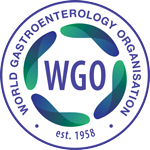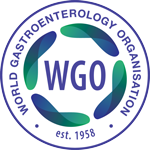Which stents are better for endoscopic management of pancreatic necrosis: metal or plastic?
Review by Prof. Kavel Visrodia (USA)
Study Summary
Walled off necrosis (WON) is highly morbid and can typically be managed with endoscopic drainage by creating a cystenterostomy, historically with plastic stents and more recently lumen apposing metal stents (LAMS). This was a systematic review and meta-analysis of 3 randomized trials including 206 patients who underwent endoscopic management of WON and outcomes were compared for plastic stents vs. LAMS. Except for procedure duration being shorter with LAMS, there was no significant difference between plastic stents and LAMS with respect to need for necrosectomy, number of interventions, treatment success, recurrence, readmission, length of hospitalization, mortality, new-onset organ failure, bleeding, procedural adverse events, or overall costs.
Commentary
Endoscopic drainage of plastic stents is tedious, time-consuming and technically challenging, with multiple opportunities for missteps and therefore previously limited to few centers. The advent of LAMS about a decade ago was revolutionary, allowing for cystenterostomy using one all-encompassing device platform that obviated the need for tract dilation, wire exchange, and multiple stent placement, reducing the learning curve for adoption. However, LAMS are more costly and may still not be universally available. Not surprisingly, this meta-analysis supports LAMS placement as quicker than plastic stents, but the lack of difference in other outcomes deserves further consideration, particularly when considering patients with more extensive necrosis who are not well reflected or reported in the individual study populations. More randomized studies will be needed in patients with extensive necrosis to address many remaining questions regarding the optimal endoscopic management of WON, including stent type, number of stents/cystenterostomies, benefit of co-axial plastic and metal stenting, need for and interval to repeat necrosectomy, and role of indefinite plastic stenting.
Link to study
Thieme E-Journals - Endoscopy / Abstract (thieme-connect.de)
View past News You Can Use commentaries

